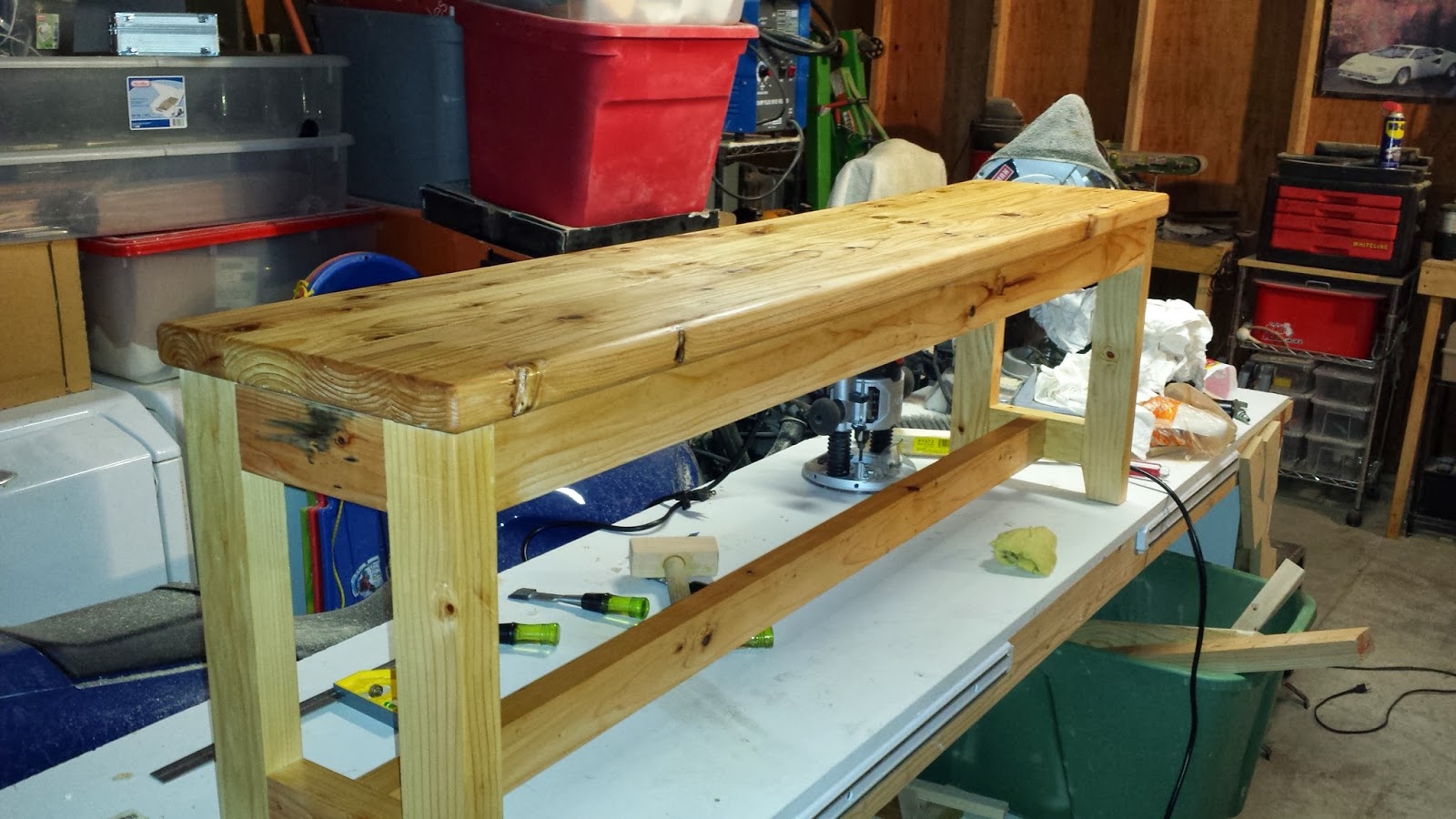My dear wife has been called 'kinda crunchy'. One of the big changes she wrought in my life was the move from GMO ridden pesticide laden foods to organic food that is not genetically engineered.
When I met her, I really had a hard time justifying the extra cost for organic/non GMO foods. Especially for a large family. It's
really expensive to eat healthy when you have this many hungry mouths. But, by God's grace, He always provides and as I learned more about this from her, eventually I also got on board with this and I am really impressed how our health has improved overall in our home. We don't get sick nearly as much. I feel different when I eat non organic/GMO food; it's not a positive change. I will be inviting her to write some posts about this because this is assuredly not my area of expertise in our family.
I know, I know. It's a huge waste of money, and GMOs allow us to feed an overpopulated planet that is being destroyed by the parasites known as the human race, and all that stuff. I don't buy into this line, though, sorry.
Anyway, it goes beyond the foods we eat, and includes the water we drink. City water is often flouridated. Ugly acronyms like ADHD, ADD, and autism (I know, it's not an acronym) are linked with things like flouride, as well as other causes.
Because of those potential links, and the fact that as a family, we like to drink water a lot, we got a Berkey water filter.
These filters are pretty amazing. You can dump muddy lake water in one, and after a few hours of filtering, the bottom tank will spring forth with crystal clear pollution free safe to drink water. With the appropriate filter, flouride is stripped out of the water. They last for about 3000 gallons per filter, too. Not only do we get great drinking water on a daily basis, but if the city water failed or were somehow contaminated, we would be able to take rainwater from our roof and continue without interruption in our hydration needs.
I only had two complaints:
First, we are a big family and the tank is empty all too often when I go to get my drink. Folks need to refill it when they get close to emptying it!
Second, the design dictates that it sit on the counter with the drain and valve reaching out over the edge. In our case, this caused some water damage to the table we sat it on (cheap melamine covered particle board).
Because of the latter, I looked online and hoped to find a stand that I could use for the Berkey. Oddly I really didn't see many options that made a lot of sense. Shop time!
Using some simple scrap I was able to put together this wonderful mortise & tenon construction stand for the Berkey, building the top in butcher block style, and finishing it with mineral oil to protect against the inevitable moisture that is left by children.
Interested in one? I can build you one too. Just get in touch.

































